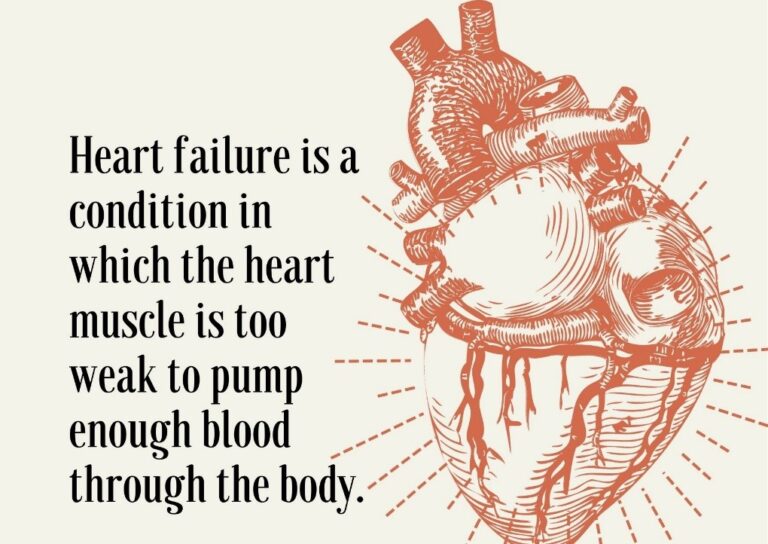Nursing Diagnosis & Interventions for Activity Intolerance-Student’s Guide
Introduction
Activity intolerance is a type of breathing difficulty, which can be triggered by any number of factors such as anxiety or pain. This condition can cause significant discomfort to the point where it becomes difficult to perform regular daily activities that require effortful breathing like exercise or work. In this blog post, we will explore different ways in which medical practitioners can diagnose activity intolerance and provide appropriate intervention measures accordingly, as a way to guide you, the nursing student.
As you read, keep in mind that our top writers are ready to help in case you get stuck or cannot complete your nursing assignment due to other reasons such as a busy schedule. All you need to is place an order with us!
Disclaimer: The information presented in this article is not medical advice; it is meant to act as a quick guide to nursing students, for learning purposes only, and should not be applied without an approved physician’s consent. Please consult a registered doctor in case you’re looking for medical advice.
What is the Definition of Activity Intolerance
Activity intolerance is a condition in which the person experiences physical or mental distress when they are required to perform activities that require them to exert themselves.
What Are the Causes of Activity Intolerance?
The most common causes for activity intolerance are anxiety, pain, acute stress, sedentary life, heart failure or a respiratory disorder such as asthma. When any of these conditions are present, it will trigger a chain reaction that makes it difficult for the body to meet its needs.
Activity intolerance can also be caused by other factors like lack of energy, fatigue, incoordination, muscle weakness due to aging, chronic illness or disease progression. Insufficient physiological or psychological energy levels may lead to a person feeling fatigued and weak thus contributing to activity intolerance.
Signs and Symptoms of Activity Intolerance
Signs of activity intolerance include; fatigue, shortness of breath, pain and dizziness, generalized weakness and increased heart rate. There should be activity restrictions for a patient who is experiencing these severe signs.
The person may also experience a sense of fear and anxiety due to their inability to handle certain physical activities.
In order to help alleviate their symptoms, individuals should avoid activities that cause too much distress such as high-intensity aerobic exercise where they must work hard enough to produce heavy breathing or shortness of breath. This is where the diagnosis of Activity Intolerance can be applied as it is caused by an individual’s inability to perform physical activities that require exertion such as exercise, work, or sports.
Activity Intolerance Nursing Diagnosis
Nursing diagnosis include;
Self-Care Deficit:
This means that a patient is not satisfied or unable to perform activities of daily living. Inability to perform the activity causes distress and/or pain for the patients.
Decisional Conflict:
Patients are experiencing anxiety when choosing an alternative means of performing an activity which has been disrupted by a health condition.
Risk for Injury:
Risk for injury means that the patient is performing tasks which causes pain, discomfort or injury without proper medical supervision to prevent further problems.
Disturbed Body Mechanics:
The patient is unable to maintain normal position and posture during physical activities due to joint and muscle deformities of health.
Nursing Interventions
Nursing intervention for activity intolerance include;
1) Assessment
The first step is assessing the severity of their symptoms by using a scale from 0-10 with 10 being most severe. You should also assess what type of patient’s activity will provoke these sensations and how often they occur.
Once you have an understanding of the situation, it’s important to determine why your patient may be feeling this way to come up with appropriate interventions. For example, if your patient has low muscle tone and fatigue then they might need more rest periods throughout the day or therapeutic exercises/massages in order to build muscle strength.
The interventions might include; mobilizing/flexing the joints, performing range of motion exercises or deep breathing techniques depending on what your patient’s goals are when it comes to labor exertions.
2) Education
The medical practitioner should educate the patient on his/her condition or illness in order to help them effectively cope with their symptoms. This may include educating the patient on how they can modify their activities in order to minimize feelings of distress during physical exertion such as exercise, work and sports. The medical practitioner should also teach people with activity intolerance about alternative strategies or activities that they can perform in order to help relieve feelings of discomfort.
3) Planning
The medical practitioners should assess the patient’s condition and tailor a plan of care specific to their diagnosis and symptoms. These plans may differ for each patient. Most often they will involve activity modification like changing physical positions while sitting or standing, performing exercises at lower intensities. Patients will also need to avoid activities such as exercise where they need to work hard enough to produce heavy breathing or shortness of breath.
4) Teaching
Medical practitioners should teach the patient how to apply appropriate body techniques during movement such as lifting weights in order to prevent injuries like muscle strains. Patients may also be taught how to modify their physical activity in order to reduce feelings of distress.
5) Motivation
Patient motivation is a major factor in achieving optimal outcomes for their plan of care. The medical practitioner should help the patient set realistic goals for their treatment and activities which will motivate them while helping them achieve optimal goals as well. This intervention may also involve motivating the patient. Medical practitioners should encourage the patient to reduce their feelings of distress during activities by implementing some of the nursing interventions mentioned above.
6) Environmental Changes and Supports
Medical practitioners can help the patient adjust to a new environment or location such as a long-term care facility for patients with dementia. The medical practitioners may also offer emotional support and encouragement in order to foster good mental health which will promote feelings of optimism in the patient and help reduce stress.
7) Restructuring Care Activities
Medical practitioners can help the patient restructure activities such as exercise, work and sports in order to promote successful outcomes for their treatment plan. The emphasis should be on promoting a level of activity that feels appropriate and comfortable rather than engaging in too much or too little activity which will cause undue distress and promote feelings of inactivity tolerance.


8) Medications and Pharmacological Treatments
The nurse should consider suggestions from the patient or other healthcare professionals regarding medications that will help relieve their symptoms as well as prevent recurrence of activity intolerance episodes. The nurse may also offer recommendations based on the individual’s condition in order to help them make informed decisions.
9) Psychological Treatments
The medical practitioners may consider a referral to a psychologist or another healthcare professional in order to help the patients cope with underlying issues that contribute to their feelings of distress when performing physical activities. Therapy can be used in order promote mental health, which might also help them feel better during physical exertions without experiencing as many feelings of distress.
These are a few nursing interventions that can be used to help treat individuals who experience Activity Intolerance. Nurses should take note of the underlying cause for this condition and then find ways to lessen the discomfort caused by it. It is important to remember that you must discuss with your doctor first before implementing any intervention for your condition.
Intolerance Nursing Care Plan
The first nursing care plan for activity intolerance is treatment Interventions. Other care plans include;
1. Activity Modification:
This care plan will involve modification of a patient’s activity levels by performing it at lower intensity, avoiding heavy work or exercise that cause shortness of breath and avoiding standing up for long time periods. Patient will be instructed to avoid overheating and will perform the activity in a cool environment.
2. Psychosocial treatment:
Patients will be taught to manage activities and rest by learning the activity pacing skill, will be instructed to set realistic goals for treatment or daily routine.
3. Rest
Rests should be planned so that every two hours patient should take 10-15 minutes rest after performing task of moderate intensity, can rest after walking for a distance of a quarter mile or 15 minutes.
Treatment
Treatment for this condition is often directed towards the underlying cause of activity intolerance, such as treating an injury or illness to alleviate pain. Other treatment methods include managing your ADHD symptoms with psychotherapy, exercise, and medication.
Medication
The patient may be given supplemental oxygen if they complain of shortness of breath while performing daily activities with monitoring of their heart rate.
The patient may also be offered analgesics in order to relieve the feelings of pain and discomfort associated with Activity Intolerance.
Other treatments for activity intolerance include; taking medicines to relax the muscles like sedatives/muscle relaxants and medications to loosen phlegm in the lung or airways causing difficulty breathing.
Psychotherapy
They can also be encouraged to utilize rest periods after every activity in order to help reduce their level of distress. The nurse should assess the patient’s level of distress before, during and after the activity in order to help them determine what type of rest periods would be most beneficial for their condition.
Physical Exercise
Exercise can be used to help patients become more active and it will allow them to feel good about themselves. Physical exercise should try to promote activity levels that are safe, effective and systematic at a pace that meets the patient’s needs.
However, care should be taken when choosing an appropriate exercise regimen for the patient because the additional strain in performing the activities can lead to increased feelings of distress, pain or discomfort.
Precautions for Activity Intolerance during Exercises
- Do not push yourself too hard,
- Stop if it starts to feel uncomfortable,
- Decrease intensity of activities gradually over time and maintain good posture and alignment while working out.
You may also be interested in Nursing Diagnosis for Pancreatitis
Summary
A patient who experiences Activity Intolerance is unable to participate in a lot of activities due to feelings of pain, discomfort and distress. They might also have underlying health conditions that contribute to these symptoms so it is important for healthcare professionals to think about the best plan of care for them based on their health needs. The patient will feel better when they are able to participate in lower activity levels without experiencing as many feelings of distress.







